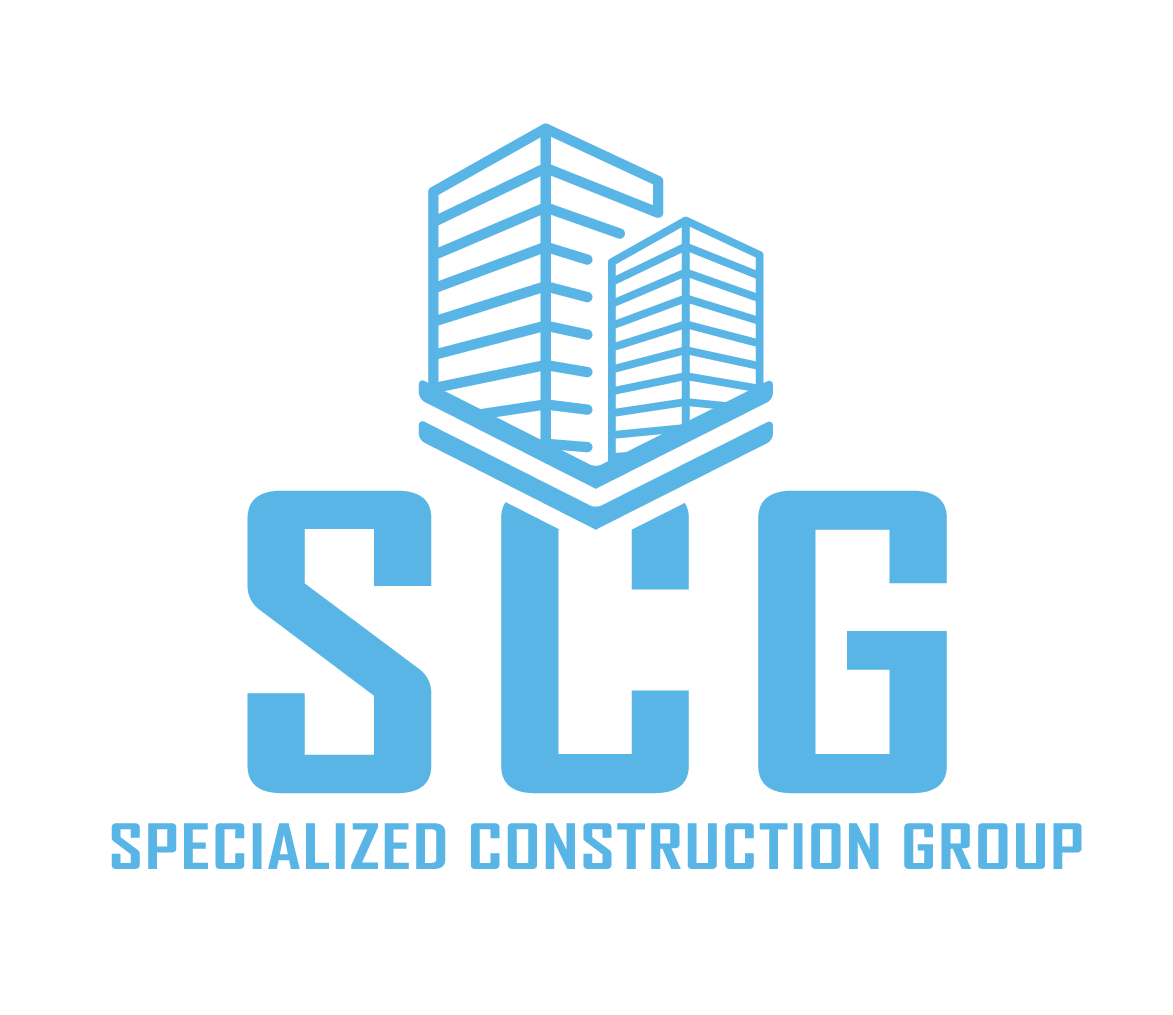An expert analysis on value engineering
Welcome to our expert analysis on value engineering
—a compilation of strategies aimed at maximizing your project value in commercial construction.
Our report offers invaluable insights and examples that will enhance your understanding and application of value engineering. We’ll examine the methodology of value engineering, its real-world applications, and its benefits over traditional methods. When done correctly, this process can ensure the ideal balance between cost, function, and quality. We’ll also provide you with solutions to challenges when implementing value engineering, and you’ll get a glimpse into how technology is set to revolutionize the process.
So, whether you’re new to the industry or a seasoned professional, it’s never too late to learn about the cost-saving opportunities value engineering can provide for you. Our goal is to equip you with the knowledge and tools to efficiently overcome project challenges and to start implementing value engineering techniques today. Let’s dive in!
The history of value engineering
The concept of value engineering originates back to World War II, when resources were scarce, and engineers were forced to find alternate materials and methods without compromising functionality. Their aim was to maximize value while minimizing cost.
In contemporary commercial construction, the United States General Services Administration (USGSA) defines value engineering as “an organized effort directed at analyzing designed building features, systems, equipment, and material selections for the purpose of achieving essential functions at the lowest life cycle cost consistent with required performance, quality, reliability, and safety.” Essentially, it’s about improving value and getting more for less, without sacrificing functionality or quality.
However, it’s important to note that value engineering isn’t simply about cutting costs, but to maximize function at the lowest possible cost. Value engineering is a strategy that guarantees the owner isn’t paying a premium for quality when a
cost-effective alternative with the same effectiveness is available. It challenges conventional methodologies and encourages innovative thinking, promoting the exploration of new materials, techniques, and designs.
Within the highly competitive landscape of commercial construction, understanding and leveraging value engineering is not just beneficial, but essential for long-lasting success.
The step-by-step process
When to Implement a Value Engineering Strategy
According to the American Institute of Architects (AIA) and Master Builders’ Association (MBA) Joint Committee, value engineering is recommended in the post-bid/preconstruction phase of a project “to evaluate and analyze design and constructability to provide the best value and functionality to the Owner”.
Additionally, the AIA-MBA Joint Committee states that it should be a collaborative process. To effectively implement value engineering, it is essential to seek input from stakeholders involved in the project, including architects, engineers, contractors, financial analysts, and end-users.
1. Identify the Project Scope
The first step involves identifying the scope of the project. During this stage, the project team reviews materials, schedules, costs, drawings and specifications until they are familiar with the project concept and its expectations. The goal here is to gain a clear understanding of the project’s purpose.
2. Function Analysis
The next step is to analyze the functions of the elements identified in Step 1 and assess their importance to the project’s objectives. Functions can be classified as “primary functions,” which are vital for the final product, and “secondary functions,” which are notable but not essential to the project.
3. Generate Creative Alternatives
Once the functions are clearly identified, the next step is to generate creative alternatives to achieve these functions. This involves brainstorming as many innovative solutions as possible to reach the desired functions more cost-effectively. Keeping an open mind and embracing diverse perspectives are key in this stage.
4. Evaluation & Selection
The fourth step involves the evaluation and selection of the most viable alternatives generated in the previous step. Each alternative is examined based on its feasibility, cost-effectiveness, quality, and alignment with project objectives.
Owner expectations must also be considered. Even if substantial value is delivered, if the final building doesn’t align with the owner’s vision, the project team has missed the target.
5. Implementation & Review
The final step is to implement the chosen alternatives and to review their performance. The chosen solutions are integrated into the project plan and executed accordingly.
Once implemented, it is important to review the performance of the selected alternatives against the original functions. This helps to ensure that the chosen solutions deliver the expected value.

Real-world application of value engineering in commercial construction
When applying value engineering to commercial construction, factors such as lifecycle costs, functionality, quality, and aesthetic appeal must be considered.
Oftentimes, there are many options available for each component of a building, each with its own cost, durability, maintenance requirements, and aesthetic impact. Value engineering allows the project team to consider these factors holistically, selecting materials that offer the best combination of these variables. For example, although a particular material may have a higher initial cost, its superior durability and lower maintenance requirements might make it more cost-effective in the long run. Think HVAC, lighting, and electrical systems. Often, spending more on a higher-performing system earlier on will save on maintenance costs over the building’s lifespan.
Value engineering also encourages the exploration of various design alternatives. For any given part of a project, there may be different design solutions that could deliver the same functionality. Some designs may be more cost-effective, simpler to construct, or easier to maintain than others. Through a value engineering approach, teams can analyze these alternatives and select the one with the best value.
The choice of construction techniques can significantly impact
both the cost and timeline of a project. Some techniques might be more labor-intensive but cheaper, while others might be quicker but more expensive. Value engineering enables teams to consider these trade-offs and choose the technique that best suits the project.
An SCGWest example: SpaceX
An example of value engineering used in practice can be seen on a project SCGWest worked on for SpaceX. SpaceX wanted to transform a pre-existing storage space into a state-of-the-art dining facility. The project involved creating various commercial kitchens, a cafeteria-style service area, grab-and-go stations, and an innovative dining room. However, the challenge was to ensure a seamless integration of various functional areas, while adhering to strict Health Department regulations and a tight budget.

SCGWest created a design that prioritized safety, durability, & ease of maintenance
SCGWest took on the project, starting with a comprehensive due diligence process to identify potential issues and opportunities related to the existing structure. Our team of experts evaluated the building’s condition, assessed the necessary modifications and reviewed various cost-saving alternatives, and established a detailed plan to convert the space into a functional and aesthetically pleasing dining facility
Our design team then created a layout that optimized the use of space, while ensuring a smooth flow between the different areas of the facility. We value-engineered the process, from carefully selecting the most cost-effective materials and finishes to utilizing pre-existing pipes and plumbing for commercial kitchen purposes. The outcome was a design that best aligned with SpaceX’s innovative brand identity and prioritized safety, durability, and ease of maintenance.
Incorporating value engineering:
Techniques to start using today
Take Advantage of Modular Construction
Use modular construction when possible. Modular construction is a process in which building components are constructed off-site, then transported as a completed component to a building site. This not only speeds up the construction process but also reduces waste and ensures a higher level of quality control.
Simplify Design
Opt for simpler designs which require fewer unique components and less complex assemblies. This can significantly reduce both material and labor costs. For example, a simple rectangular building may be less expensive and easier to maintain than a complex geometric shape.
Substitute Materials
Substitute more expensive materials with similar, less-expensive alternatives. For example, instead of using solid wood for nonstructural elements, consider using medium-density fiberboard (MDF) or a similar composite material that can provide a similar look at a reduced cost.
Energy Efficient Design
Implement energy-efficient designs and systems, such as LED lighting, high-efficiency HVAC systems, or solar panels. These can lead to significant long-term savings.
Explore Local Materials
Source materials locally wherever possible. This can save on transportation costs and can also potentially allow for discounts for bulk purchases.
Efficient Equipment Use
Ensure that construction equipment is used efficiently and only when necessary to minimize fuel and maintenance costs.
Collaboration
Encourage early collaboration between all stakeholders to ensure everyone has a clear understanding of the project objectives, which can lead to innovative solutions.
The perks of value engineering
Cost Reduction
One of the most significant advantages of value engineering is its potential for cost reduction. This approach involves a detailed analysis of multiple design alternatives, materials, and construction techniques. It typically mandates a life-cycle cost assessment, which factors in ongoing maintenance, operational, and eventual decommissioning costs. Because of this, value engineering helps stakeholders select options that minimize the total cost of ownership.
Improved Quality
One of the most significant advantages of value engineering is its potential for cost reduction. This approach involves a detailed analysis of multiple design alternatives, materials, and construction techniques. It typically mandates a life-cycle cost assessment, which factors in ongoing maintenance, operational, and eventual decommissioning costs. Because of this, value engineering helps stakeholders select options that minimize the total cost of ownership. Value engineering often leads to superior quality outputs. Traditional construction methods can sometimes lead to over-engineering or suboptimal design decisions due to ingrained practices or habits. In contrast, value engineering calls for a more comprehensive and critical analysis of all design and construction decisions. This can lead to solutions that not only meet but exceed the project’s quality and performance objectives.


Building more for less
A Case Study in Effective Value Engineering
One example showcasing the benefits of value engineering is in a commercial construction project in Bali, Indonesia. In 2018, Putri Arumsari and Ricco Tanachi performed a quantitative analysis on the application of value engineering during the design phase of a commercial hotel project.
First, they found material alternatives to replace the initial architectural design of the high-rise hotel, without minimizing the quality of the material itself. Then, they analyzed the money saved from applying this approach. Their research found that by applying value engineering through several items of work, it could save the owners up to 8% of the total architectural costs. The areas where cost reduction was most significant were wall installations, door and equipment fitting, floor work, and bathroom fixtures.
The alternative design choices substituted the original designs to contribute to the highest savings in construction costs while maintaining functionality. Arumsari and Tanachi’s findings were published in an academic journal for the Institute of Physics titled IOP Conference Series: Earth and Environmental Science.
A pathway to progress
Value Engineering has been praised for its advantages. Despite these benefits, its implementation in traditional practices has proven to be a challenging process.
Traditional practices have been ingrained in the construction industry for decades, providing a certain level of comfort and predictability to those within the sector. These practices often resist change and innovations like value engineering. The main reason is the perceived risk and the fear of the unknown. Firms that have built their success on old-fashioned methods might view value engineering as a disruptive and unnecessary process. Therefore, they are reluctant to abandon the methods they are accustomed to, even in the face of potential benefits.
Overcoming such resistance requires a combination of training, real-world case studies, and patience. Training programs can educate construction professionals
about the advantages and practicality of value engineering. Real-world case studies offer tangible evidence of its success, providing a convincing argument for change. Patience allows for gradual change and adoption of new practices.
Value engineering requires finding the right balance between cost, quality, and functionality. There is a common misconception that value engineering leads to cost-cutting at the expense of quality and functionality. This misconception often leads to apprehension towards adopting the method, with stakeholders fearing that the focus on cost might overshadow the importance of quality and functionality.
However, the central philosophy of value engineering is not just cost reduction but value maximization. Successfully implementing value engineering requires comprehensive planning, expert judgment, and a systematic approach to balancing these elements. The process should focus on optimizing value and promoting better use of resources such as materials, labor, time, and money.
The success of value engineering largely depends on stakeholder acceptance. It must be accepted and supported by all parties involved, including owners, contractors, architects, and engineers. These stakeholders often have differing priorities, making agreement a challenge.
To achieve stakeholder acceptance, communication is key. Stakeholders need to be involved in the process from the very beginning. Their concerns and suggestions should be acknowledged and addressed.
Major obstacles stand in the way of value engineering and its implementation. However, through education, communication, and a well-planned approach, these obstacles can be conquered, paving the way for growth and increased productivity.
What lies ahead for value engineering?
The Role of Technology and Digital Tools
Technological advancements are reshaping value engineering. Building Information Modelling (BIM), a 3D model-based process, gives architects, engineers, and contractors insight to efficiently plan, design, construct, and manage buildings. This aids in improving project visualization, reducing rework, and enhancing collaboration among stakeholders.
Along with BIM, technologies like Artificial Intelligence (AI), Machine Learning (ML), and the Internet are set to shift the way value engineering is conducted. Predictive analytics and automation, powered by AI and ML, will offer new levels of foresight into project risk factors, enabling construction firms to make proactive decisions that maximize value. Internet devices can collect valuable data from the field, which can be analyzed to optimize resources and minimize waste.
Predictions for Future Developments
As we look to the future, we can expect a more integrated approach to value engineering and construction. As construction projects become more complex, there will likely be an increase in the use of value engineering during the conceptual and design stages.
This early integration can help identify and rectify potential issues before they become expensive problems during the construction phase.
In conclusion, value engineering plays a beneficial role in commercial construction.
It is a systematic and organized approach aimed at optimizing cost, quality, and performance objectives to deliver superior value to business owners. The emphasis on maximizing value is achieved through strategic design, informed material selection, and refined construction techniques. The resulting output is a high quality infrastructure that offers cost-effective solutions.
As the commercial construction industry evolves, the practice of value engineering will continue to adapt and improve. The advent of new technologies and the increasing complexity of construction projects will impact how value engineering is practiced. It is becoming an even more crucial element in the intricate world of commercial construction.


